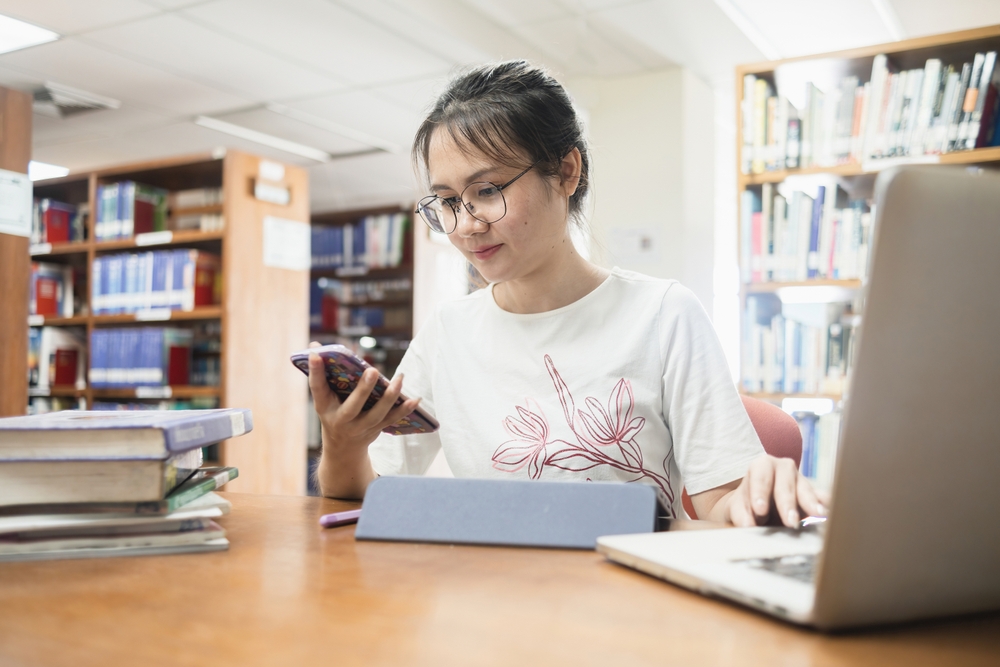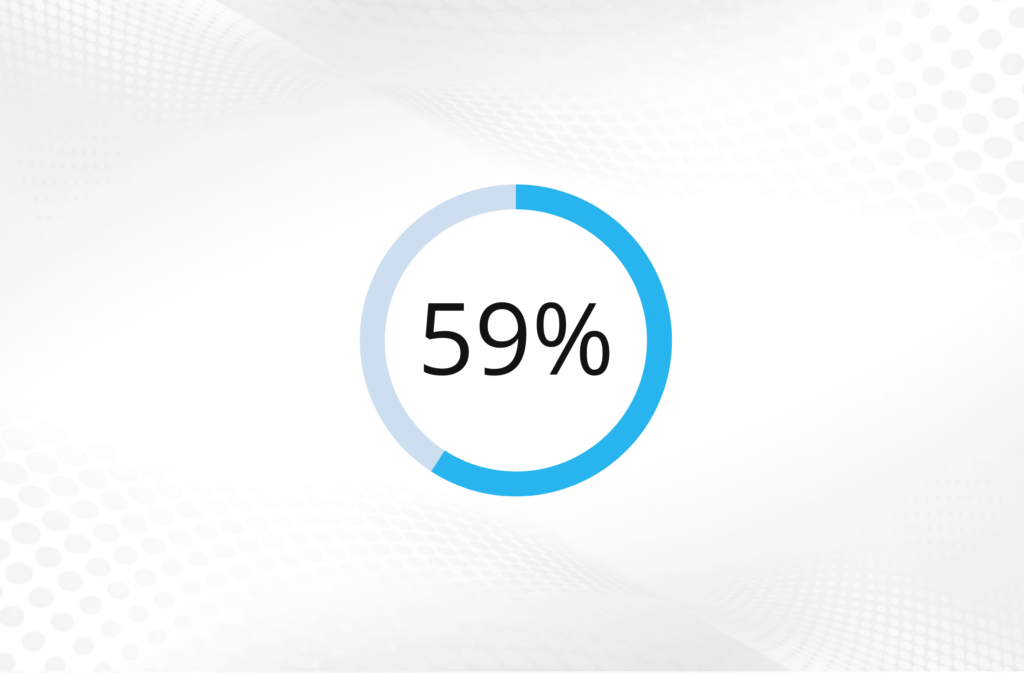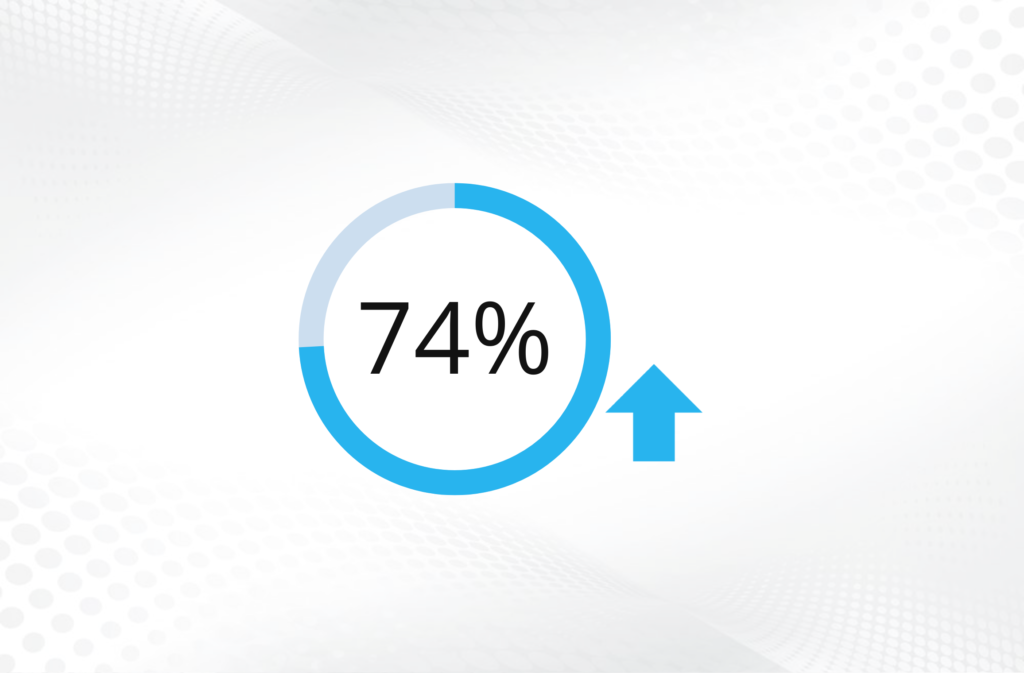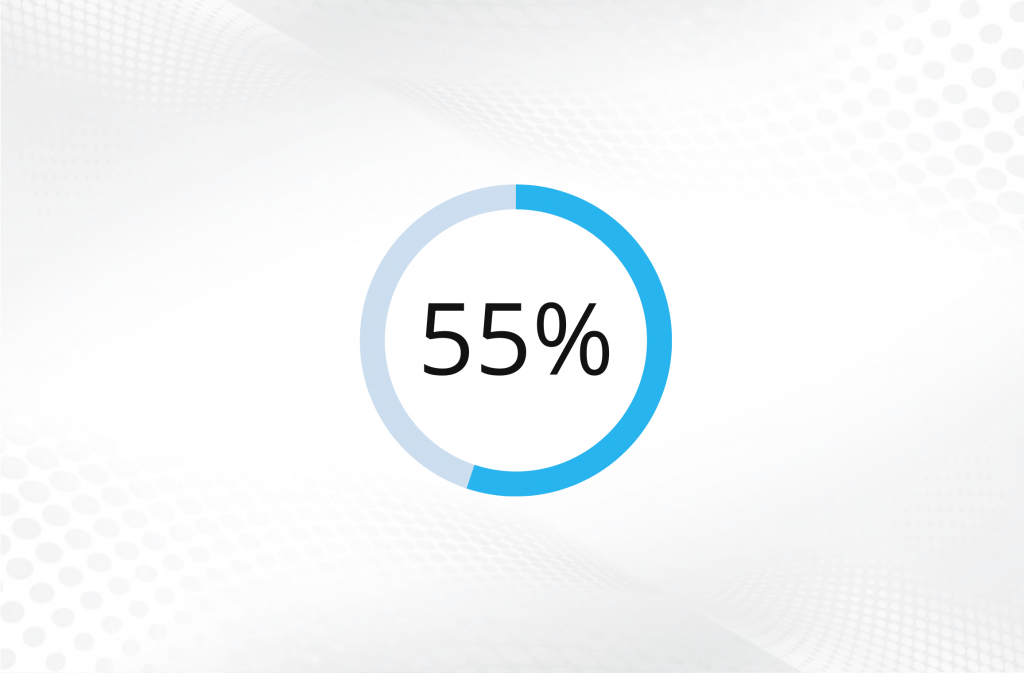Digital responsibility
The term ‘digital responsibility’ is one of those that is often bandied about with little concern for its actual meaning – which, granted, can vary depending on the circumstances and context surrounding it. Broadly speaking, it relates to the various rights and responsibilities that surround the use of digital media, and the proper knowledge, application, and awareness thereof. What will follow below is a more in-depth explanation of this, along with its various repercussions, especially as they pertain to the education sector.
It is often the case in various circumstances and scenarios where one will be met with the overwhelming focus that people have on their rights, coupled with a lesser acceptance of the responsibilities that go with them. One’s responsibilities are part and parcel of one’s rights and the enjoyment thereof. Our increasingly digital age, along with all of its technologies, affords great opportunities.
These technologies are capable of extending our rights. For example, our right to free speech is augmented by the power of the internet and social media, as is our right to vote. Our right to a free and fair press is likewise solidified by the internet and other technologies – even if the media is still somewhat lacking.
This raises certain questions, of course. A famous example that does not need to be named involves a certain well-known individual being banned from an equally well-known social media platform.
Is this an infringement of his right to free speech? Or is this the prerogative of a private company? In this situation, who fell short in terms of their responsibility? Did the individual in question abuse his right to said social media platform, and disregard his responsibility to use it in an appropriate and acceptable manner? Did this mean it became the responsibility of the platform itself to remove him? Or is the opposite true? These are hard questions, and the acknowledgement of them and their implications is one of the purposes of digital responsibility, along with some more straightforward and pragmatic considerations.
A mainstream concern goes under the radar
This is one of the problems with digital responsibility. We are so often fixated on the opportunities that new tech offers that we forget that it is incumbent upon us to educate ourselves on how to use it responsibly and appropriately – for our own sake and for the sake of others. The increased adoption and use of digital technologies has been growing exponentially.
Between 2013 and 2017, American children under the age of 8 tripled the amount of time they spent daily on mobile devices. This is hardly a North American phenomenon, either. Just south of the border, a clear majority of Mexican teachers were found to be of the opinion that use of technology in the classroom is important because it can teach digital responsibility and competence use. Over in the United Kingdom, a staggering 99 per cent of teachers were found to be of the opinion that online safety should be taught as part of the school curriculum.
Embracing the idea of the digital citizen
The International Society for Technology in Education (ISTE), an educational non-profit organisation headquartered in the United States, has highlighted what it means to be a ‘digital citizen’. Such a person must “recognise the rights, responsibilities and opportunities of living, learning and working in an interconnected digital world, and they act and model in ways that are safe, legal and ethical,” according to the ISTE.
A digital citizen is a person whose actions and identity are present in the digital world, which naturally includes some considerations. For instance, according to the ISTE, a digital citizen must recognise the permanence of many of their actions, and what this can mean for their digital persona and reputation. Moreover, this carries with it a responsibility to adhere to any ethical, legal, or safety-based rules, laws, and guidelines that accompany the use of a certain digital technology or platform. This extends to concepts such as intellectual property (IP), which likewise must be respected in terms of the fair use thereof and recognition of the rights of the IP holder.
Finally, a digital citizen is responsible for managing their private data and maintaining their own digital security and privacy, and being aware of the technologies that exist that can collect data from them and track them accordingly. Respect for the concerns and rights of others as they pertain to the above also would go along with this.
Digital communication technologies are ubiquitous
One needs only to look around to realise that the world we live in, especially insofar as it relates to our ability to communicate over distances, is totally unrecognisable as compared to just a couple of decades ago. There is a degree of interconnectedness and responsiveness in our world that is, objectively speaking, truly unprecedented.
Technologies like these have infiltrated industry, commerce, logistics, retail, education, socialising, defence, and much more besides. Moreover, it is advancing at an astonishing pace. New technologies are arriving on a daily basis, and each one creates more connections between people and the potential for more connections still. Teaching and other educational activities have managed to move completely into the digital world – by necessity, but also for the sake of convenience.
This is why the concept of digital citizenship is closely intertwined with digital responsibility. A citizen enjoys rights by virtue of their citizenship, and must adhere to certain responsibilities that go along with it. Now, we are increasingly caught between two worlds: the physical world, where traditional rights and responsibilities exist, and a digital world that increasingly overlaps with the former.
Our digital rights
As we just mentioned, our digital rights are largely an extension of our pre-existing rights as citizens – although undoubtedly these vary from one place to another. While the ability to enjoy certain rights is not necessarily universal, the acceptance of them in principle is as close to universally accepted as anything can be.
This includes, but is not necessarily limited to, the right to express oneself freely, the right to privacy in one’s personal life, and the right to one’s identity and the expression thereof. To this we can add a digital exclusive, such as the right to digital access. One might also consider the right to credit for personal reasons, although this may stray too far into territory that is debatable.
Our digital responsibilities
With the above rights, which exist online and offline for the most part, come a set of new digital responsibilities. For example, we might have a responsibility to report inappropriate behaviours that we witness in a digital setting, like the theft of someone’s identity, harassment and blackmail, or simple bullying. Our right to digital access entails a responsibility to cite any sources we utilise in order to respect intellectual property.
We also have a responsibility to only make use of legally accessible media and information, such as movies and music. We are responsible for not sharing our data, or that of others, with unscrupulous actors like hackers and scammers. Finally, we must not become one of the latter, and seek to defraud others, falsify identities, or otherwise abuse the anonymity that the digital world offers.
Parents and teachers are equally concerned
In an educational context, this is becoming increasingly important and a matter for concern, especially for parents. For example, among parents in the United Kingdom, 73 per cent were found to be concerned about their children accessing inappropriate online materials. Another 61 per cent said they were worried about the incredibly distracting nature of social media platforms and how this might affect other, important activities in their children’s lives. And around half of UK parents were concerned about the potential for their children to share too much personal information online.
Teachers are also concerned. More than a third of UK teachers have reported seeing an incident regarding online safety at their school – which explains why almost all of them want digital safety education to be on the curriculum. And some of the typical measures against this, such as online content blockers and filters, are totally ineffective. This is common sense, as telling a child (especially a teenager) that they should not access content because it is inappropriate for them is hardly going to put them off. Instead, there is an increasing need for proper education regarding the risks and implications of digital access.
As more and more of our lives move into the digital sphere, or at least overlap into it, the need for a comprehensive code of conduct to navigate this new world of ours is only going to increase. There is opportunity, but there is also a need to educate people on how to make the most of this opportunity in a manner that is effective, safe, and responsible.
Digital and online safety
It will surprise nobody to see safety listed first among the considerations of digital responsibility and citizenship. Digital technologies have created unprecedented interconnectedness, but also an unprecedented potential for fraudulent behaviour due to online anonymity. We can now contact countless people across the world whom we have never met, and many of us do so regularly.
Not being able to see them in person and verify their identity has given rise to a huge amount of identity thefts, impersonations, and other fraudulent activities. This is why teaching online safety is so important, which can be as simple as the basics of a strong login password, to what sorts of personal information are safe to share and with whom.
Essentially, students need to know how to protect themselves, their identities, and their private data while engaged in the digital world. This can encompass teaching them how to recognise and validate which websites are safe and which are not. Students also need to know what they can share about themselves, what they need to be careful with, and what to never share under any circumstances. They also need to be encouraged to trust their instincts, to err on the side of caution, and to report strange or suspicious activity immediately.
Our wellbeing in a digital age
It is no secret that a lot of modern technologies are highly addictive, and it might even be argued that they are designed to be. Whatever the case may be, students need to learn not to allow themselves to become jaded or overly dependent on technologies, especially when it comes to their emotional wellbeing.
Too many young people, whether school age or older, derive their sense of self-worth from reactions and interactions on their social media profiles. Consequently, their sense of self-respect and general opinion of themselves can be casually shattered in the same manner. Students need to learn that their online persona is not the only one that matters. Additionally, things like smartphone addiction need to be tackled, and students encouraged to engage in non-digital activities and hobbies to maintain some semblance of balance.
Making the best of new opportunities
So long as use and reliance on digital technologies are kept in balance and do not become unhealthy, students should be encouraged to embrace the significant opportunities that these advancements present. Learners from hugely diverse backgrounds can come together and communicate effortlessly, information that would normally be inaccessible is just a few clicks away, and a whole new economy is sprouting up left, right, and centre.
Students need to come to grips with this, especially as a new generation is going to have grown up entirely surrounded by digital technologies from birth – a first in world history.
The need for education to catch up
Educational institutions can often be among the last to adapt to, and adopt, new technologies and developments. Curricula, textbooks, and teacher training all take a long time to develop, so this is quite understandable and somewhat inevitable. This does not, however, mean there is no room for improvement.
The truth of the matter is that the digital world is becoming just as ‘real’ as the physical one – although not in any corporeal sense. Rather, the relevance, impact, and implications of the digital world are here to stay. Fortunes in the billions of dollars are made and lost online, online media platforms output more content in a month than television has done in a century, and even new ideas like cryptocurrency are coming to the fore – and all of it digital. Children are growing up with screens, smartphones, and other devices all around them. To ignore this in an educational context is to ignore reality.
Today’s students are wired differently
The increasingly short attention span of today’s students is an observable phenomenon, and with it comes an increasing need, and capacity, for multitasking. The younger segments of the population these days will happily be scrolling through some materials on a laptop or PC while simultaneously listening to a podcast and also fiddling with their smartphone. This digital juggling act is almost ubiquitous, and represents a constant need to interact and be distracted. However, there is a time and a place for it. Certainly, the skills that this sort of multitasking requires can be valuable and should be encouraged and developed, but teachers also need to impart a sense of focus, mindfulness, and sustained attention to their students.
We now know that digital responsibility, which overlaps strongly with digital citizenship, pertains to the ethical, responsible, and appropriate use of digital technologies and resources. We also know that this is very important for education, as today’s students are growing up surrounded by digital technology like never before. And, already, there are initiatives that seek to tackle the growing need to address this.
Be Internet Awesome
This is a Google-developed school curriculum that uses a web-based game by the name of ‘Interland’ that seeks to educate children on being prepared for making sound decisions online.
Common Sense Media
This is another online teaching resource that aims to teach children the ins and outs of navigating the world of digital media and technology. It is designed to satisfy the needs of students, teachers, and parents to present sound advice to the generations of the future.
Connect Safely
This platform has a strong focus on the issues that surround privacy, safety, and security when it comes to online platforms – especially social media. The research-based resources that Connect Safely provides include parent guidebooks, general advice, latest news, and general tips and commentaries on digital technology and its related policies.
NetSmartz
This educational programme has been developed by the National Center for Missing & Exploited Children (NCMEC), a US-based non-profit organisation that works to prevent child victimisation and help with recovery therefrom. Accordingly, they have developed a series of resources for promoting online (and offline) safety for children between the ages of 5 and 17, and they take the form of games, videos, presentations, and other engaging media.
Whenever something new begins to be of such importance that it starts to filter down into the educational system, it always has to start with changes to teachers. This is more than a simple curricular change that teachers can implement as they go along.
Many of the considerations that pertain to digital responsibility are relatively recent developments, and not all teachers are going to be aware of them. Digital responsibility, digital citizenship, and other related concepts need to be effectively imparted to teachers if there is going to be any consistency and ongoing development in this new area of teaching.
While a significant part of learning about digital responsibility will relate to gaining familiarity with new technologies and how to use them effectively, a large part of it is still mostly ethical in nature. Consequently, the teaching of digital responsibility can be as much a value-driven exercise as it is a technological one.
Herein lies one of the problems. Some matters that relate to digital responsibility, like the aforementioned example of a social media ban, remain controversial and the debate has not ended. Is a restriction of access to digital communication technology, particularly in the case of a monolithic social media platform, the same as a restriction on freedom of speech? If we are to effectively teach digital responsibility in schools, these sorts of debates will have to reach a solid conclusion, or else the whole endeavour risks becoming ideological in nature, rather than pragmatic. It may be the case that debates like those that surround the extent and limits of free speech generally are doomed to be an eternal back-and-forth, making it difficult to impart similar lessons related to digital responsibility.
However, putting aside some of the more controversial aspects, there remain certain points upon which any normal person can agree – at least in the context of education. First is the total intolerance that should be shown to cyberbullying, data theft, impersonation, fraud, and plagiarism. This can extend to phishing (mendacious acquisition of personal data), showing sensitive or explicit material to children, and more besides.
Technology addiction is another area of increasing concern, and digital responsibility should always start with oneself – meaning that students need to learn that moderation is the larger part of responsibility. Added to this is the need for education on how to maintain one’s privacy online, matters of cybersafety and cybersecurity, and general best practices. Whereas some areas, such as those that overlap into general ethical debates regarding free speech or similar, are sadly not going to be resolved anytime soon, a focus on the issues that can be addressed is certainly in order. So long as digital responsibility and its advocates focus on the pragmatic and the sensible, and avoid the controversial and political, this promises to become a mainstay of educational curricula going forward.










